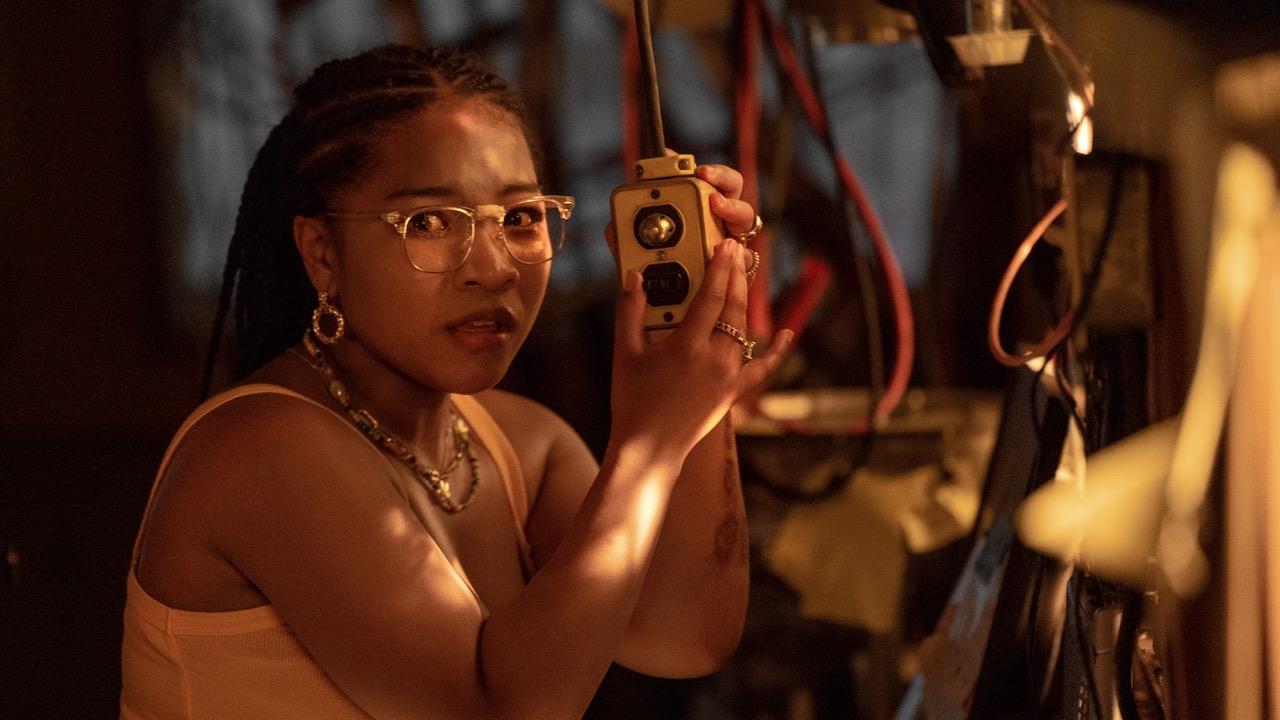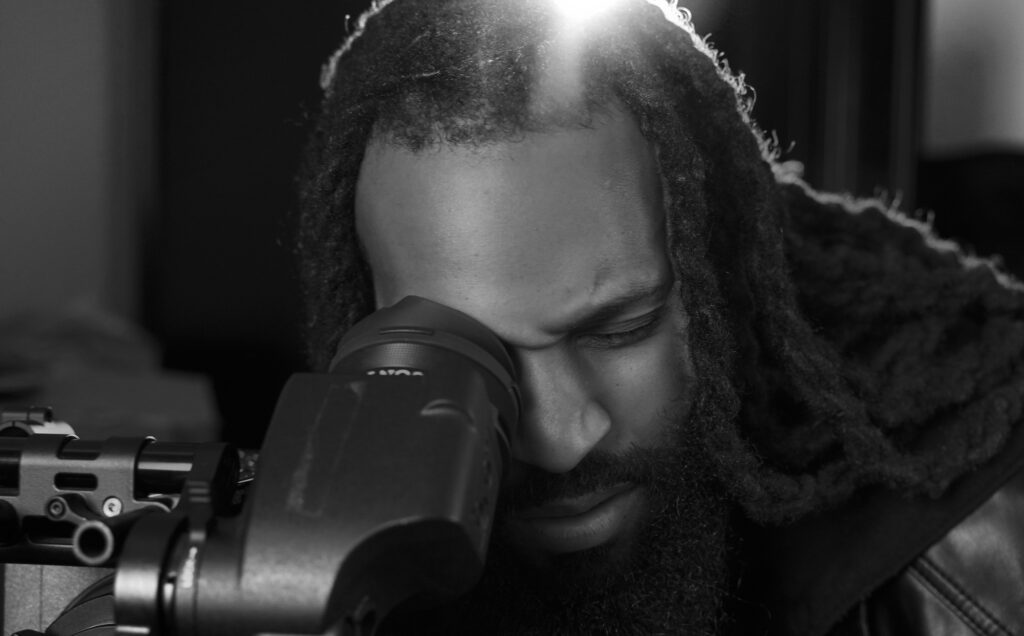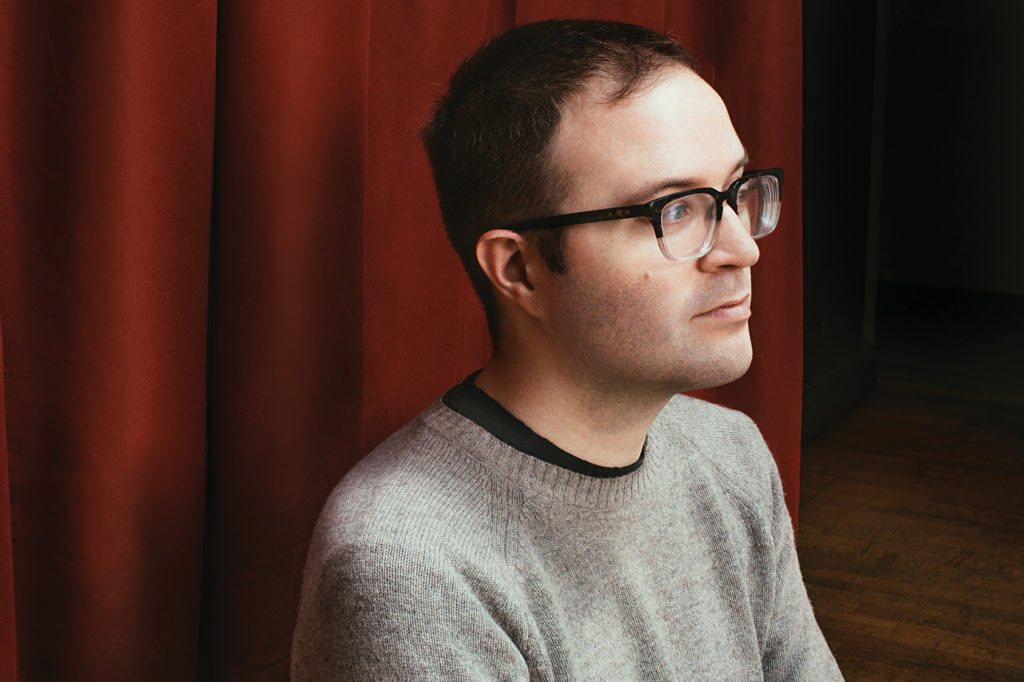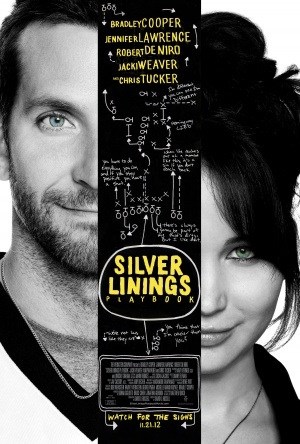BOMANI J. STORY started his creative output at a young age, writing short stories as a child and finding early inspiration in an 1818 sci-fi horror novel written by a teenage prodigy, Mary Shelley’s Frankenstein. Story graduated from USC’s School of Cinematic Arts and cut his teeth making short films before writing the feature Rock Steady Row, which won Best Narrative Feature and the Audience Award at the 2018 Slamdance Film Festival. Now, Story has gone back to that early literary inspiration for his feature debut as writer, director, and producer with the horror thriller THE ANGRY BLACK GIRL AND HER MONSTER.
Laya DeLeon Hayes stars in the film as a teenage science prodigy who, fed up with the death and violence that has impacted her and her family, takes her studies in a Dr. Frankenstein-esque direction with horrific results. Chad L. Coleman, Denzel Whitaker, Reilly Brooke Stith, and Keith Holliday co-star in the film, which premiered at the 2023 SXSW Film Festival and was acquired for distribution by RLJE Films, Shudder, and ALLBLK. The Angry Black Girl and Her Monster will be released in theaters on June 9 and on VOD and digital on June 23.
We spoke with writer/director/producer Bomani J. Story about his inspirations behind his new film.
——
COLIN McCORMACK: I understand you were interested in monsters as a kid. Was it the horror genre that drew you in?
BOMANI J. STORY: It was mostly the horror thing because I grew up watching Friday the 13th and A Nightmare on Elm Street and Leprechaun and Child’s Play. Those things scared me.
CM: Frankenstein is obviously an inspiration for this film. What was the first iteration of that story that you encountered? Was it the classic 1930s movie?
BJS: No, it was actually the book. The book was my first interaction with it and I just fell in love with it. I read it fresh out of high school and I was like, I need to do something with this book.
CM: What was it that resonated with you?
BJS: A lot of stuff. The themes resonated with me. The anxiety. The creature’s education as well as Victor’s growth throughout the story and the modes that he was working in. There was just so much. And it’s not a very long book, but it travels very far and it gave me anxiety [laughs]. So I enjoyed those things quite a bit.
CM: So when did you start first conceiving your own version of a Dr. Frankenstein type of story?
BJS: I think probably somewhere in the area of 2016 to 2018 was when it really started to go for me.
CM: Was that before or after you’d written Rock Steady Row?
BJS: I think the ideas were starting to blossom while I was writing Rock Steady Row. And then for sure by the time Rock Steady Row went to Slamdance, the script for this one was in a state.
CM: Obviously as we’re seeing with the writer’s strike, the screenwriter is often at the bottom rung in this industry. On the indie side, when you’ve written a feature like Rock Steady Row, did that open doors for you as the writer?
BJS: People saw it, but they’re more attracted to directors. Luckily, my friend Trevor Stevens, who directed Rock Steady, took me with him and we went out for things together. And on the strength of his word, I was able to pair with him on a couple of different things. As far as me on my own, there was not a lot of attention there.
CM: No one knocking on the door saying, “Hey writer, you wanna direct something?”
BJS: [Laughs] No, that wasn’t a thing.
CM: What did you do once you had a draft of The Angry Black Girl and Her Monster? How did you start getting it out there to push it as your directorial debut?
BJS: With Rock Steady Row, one thing it did do was it did attract a manager at the very least, so that was good. So when I wrote the script, I had my manager Randy pounding on doors to get people to read it so we could hopefully try to get it made. The element of him taking it around town and representing me, thank God for him, ‘cause no one was looking at me.
CM: And it was always the plan to pitch you as the director as well for this one?
BJS: Yeah. I just knew this had to be a story that I needed to tell in my own way. So that made it even harder, because not only did they not care about me as a writer, they for sure didn’t care about me as a director.
CM: So when you’re trying to knock on those doors and pitch yourself as a director, was it your short films that worked as the calling card? Did you have to put together a sizzle reel or pitch deck or anything?
BJS: I did all of those things. I did a little promo for another script I wrote. I didn’t get that script made and hopefully that one’s next, but it helped for this one. I also did a little sizzle reel thing where I cut a bunch of stuff together to get the tone of what I wanted for this movie. Just to pitch, I had to do triple backflips.
CM: Was it through the manager that you ended up connecting with CrypTV and the eventual producers?
BJS: Yeah. And I was assistant editing for them at the time as well. So it was a combination of all those things.

CM: When it came time to start putting all the pieces together, what was the process of bringing on Laya as the lead?
BJS: She came in and auditioned and she just smacked it out of the park, which was really awesome. I just knew after her audition that she was the one. She did an incredible job and I couldn’t be happier. She was so professional; her toolkit is so deep as an actress. I can’t wait to see her evolve even more. She was 17 when we were filming and turned 18 on set, I believe.
CM: The other casting question I was curious about goes into how you find an actor to play a monster. Obviously, there’s a size and physicality to consider, but are there subtleties that maybe a viewer wouldn’t be aware of that a director is looking for in what an actor can bring to playing a creature?
BJS: For me, it’s one of those things where you want to understand how the creature moves. It’s just like everyone’s casting, you want to know their physical being. In particular for this one, it was more [about] how you emote and how you’re going to be able to show your vulnerability as a monster. To me, it was those things that I was really looking for that Edem [Atsu-Swanzy] was able to give us.
CM: There are some thematic inspirations that we talked about with Frankenstein. What were some of the visual inspirations that you brought into the look of the film?
BJS: My DP Daphne [Qin Wu] and I talked a lot about ‘70s horror. I really like the texture. The four movies that I was constantly thinking about were Texas Chainsaw Massacre, Black Christmas, Alien, and The Shining. They have a certain texture to them that I love. And so when we were looking at this film and we were crafting the look of it with our colorist Arianna [Shining Star], those were the looks that we were definitely thinking about.
CM: It also seemed like it would be a really fun movie to do production design on, like coming up with a mad scientist’s lab. What was that process like working with your team there?
BJS: Oh man. Mark Bankins was the PD and he was awesome. He built our sets and he built that lab and had a blast. The only disappointment I have in myself is how much attention to detail he had in that lab that I wasn’t able to capture. That was because there was just not enough time in the day. But God, there’s so much detail in that lab that he went to town on and I’m proud of his work and the color spaces he chose. It was just fantastic.
CM: And was this your first time working with special effects and gore makeup?
BJS: Yeah, this was my first time. Luckily, I was dealing with titans in the game, Christina [Kortum] with her effects and her creature design. She’s a one-woman band and she just did incredible. I was really blessed to have someone like that with me to help guide me through the process.
CM: Filming in North Carolina, were you bringing in people from all over or was it a local film crew?
BJS: It was a combo of local and some of the keys got flown in. The local crew was great. They pulled off so much for me. Shoutout to the Charlotte crew, because they were awesome. I couldn’t have asked for a better crew. They really did the thing.
CM: Was there any particular day or scene that was the most tough to pull off?
BJS: The dinner table scene was pretty crazy. That one weirdly was very — I don’t want to call it intense — but it was like a marathon. There was so much ground to cover. It’s nine-and-a-half pages, all the people and the blocking of it. It was so much. So that day was pretty enduring.
CM: It’s interesting that with all the action scenes and fights and blood, it’s the characters around a table talking that can be the hardest.
BJS: Yeah. You have a lot of people there and it’s rough.
CM: How many days was your shoot?
BJS: I think it was about 20.
CM: And was the first time you got to see it with a big group of people at the SXSW screening?
BJS: Yep, there were no test screenings. South By was a fantastic experience. The crowds there were so receptive and we sold out all our screenings, which was amazing. But it also kind of sucks because I’m like, “I don’t know if I’m ever gonna be able to do that again. I hope I didn’t peak early” [laughs]. The experience of South By is such a fun festival, so I loved it. Everybody [was there], that was another part of it. The cast came, the keys came, the producers came. That was very gratifying.
CM: And it does always seem like horror movies are one of the best types of genres to see in a theater with a big crowd. Were there any surprising responses that you would not have expected that you didn’t see until it was a giant room of people?
BJS: Yeah. Well, I can’t really say it without spoiling it, but there’s a kill scene that I never thought was going to surprise people that actually did. I was just like, Oh, okay! I thought you could see it coming, but oh well.
CM: Were Shudder and RLJE involved before it went to SXSW? Or did distribution come about after the festival?
BJS: Yeah, they came in right before. I know the producers were doing weird stuff behind the scenes, their dark arts of getting the film seen [laughs]. It’s been a dream.
CM: Is horror a genre that you want to continue working in?
BJS: I love horror. It’s not a genre that I feel like I’m just going to leave behind. I don’t see this as just a launching pad and that’s it. I think horror is a fantastic genre that’s very expansive and I would love to return but there are other genres that I do want to explore. My next script is fantasy. I love that so I’m hoping to do that next.
CM: And are the doors opening a little more than when you were just the writer?
BJS: Yeah, a little bit more. People have been responding, which is awesome.
__
Thanks to Bomani for talking to us about THE ANGRY BLACK GIRL AND HER MONSTER. Learn more about the film at the official website.
This interview has been edited for clarity.
If you’re an independent filmmaker or know of an independent film-related topic we should write about, email blogadmin@sagindie.org for consideration.




